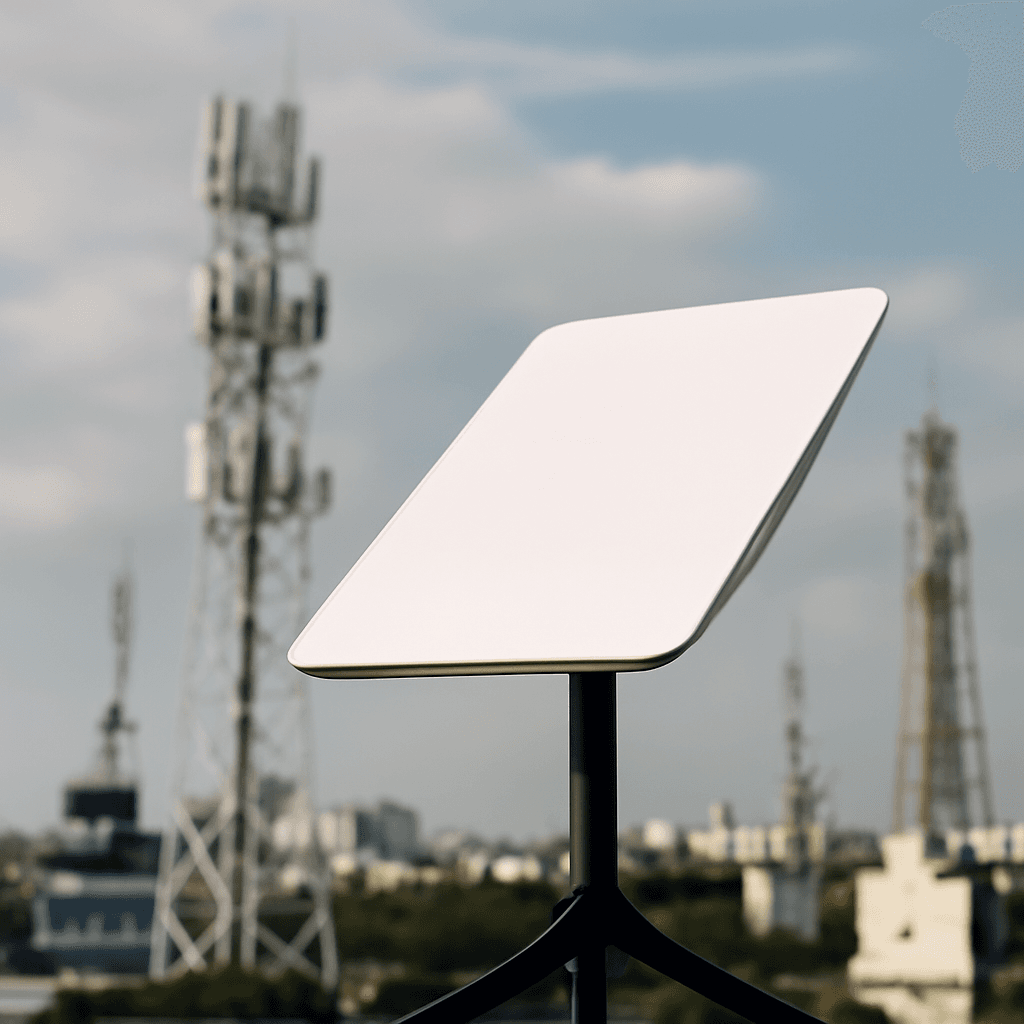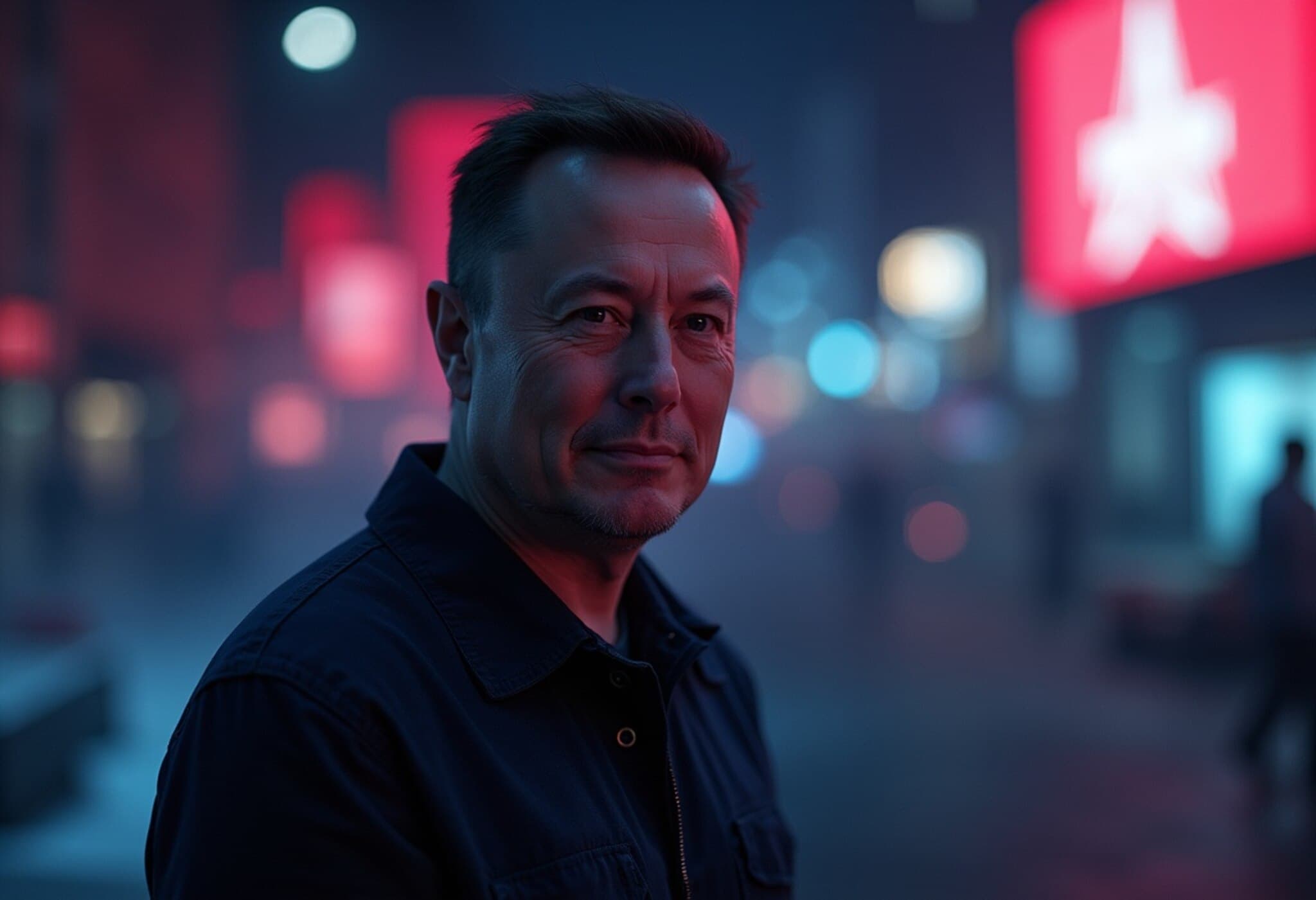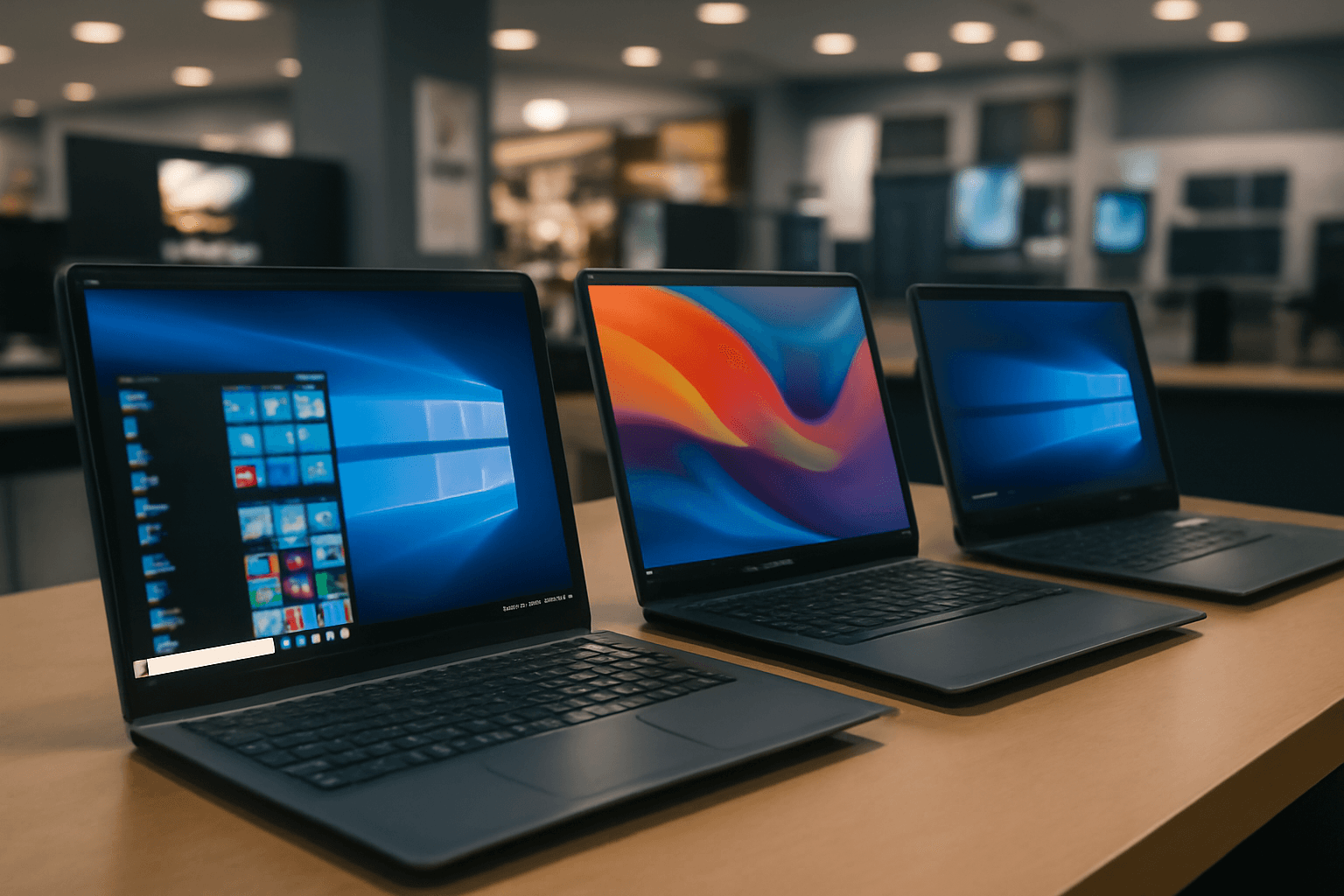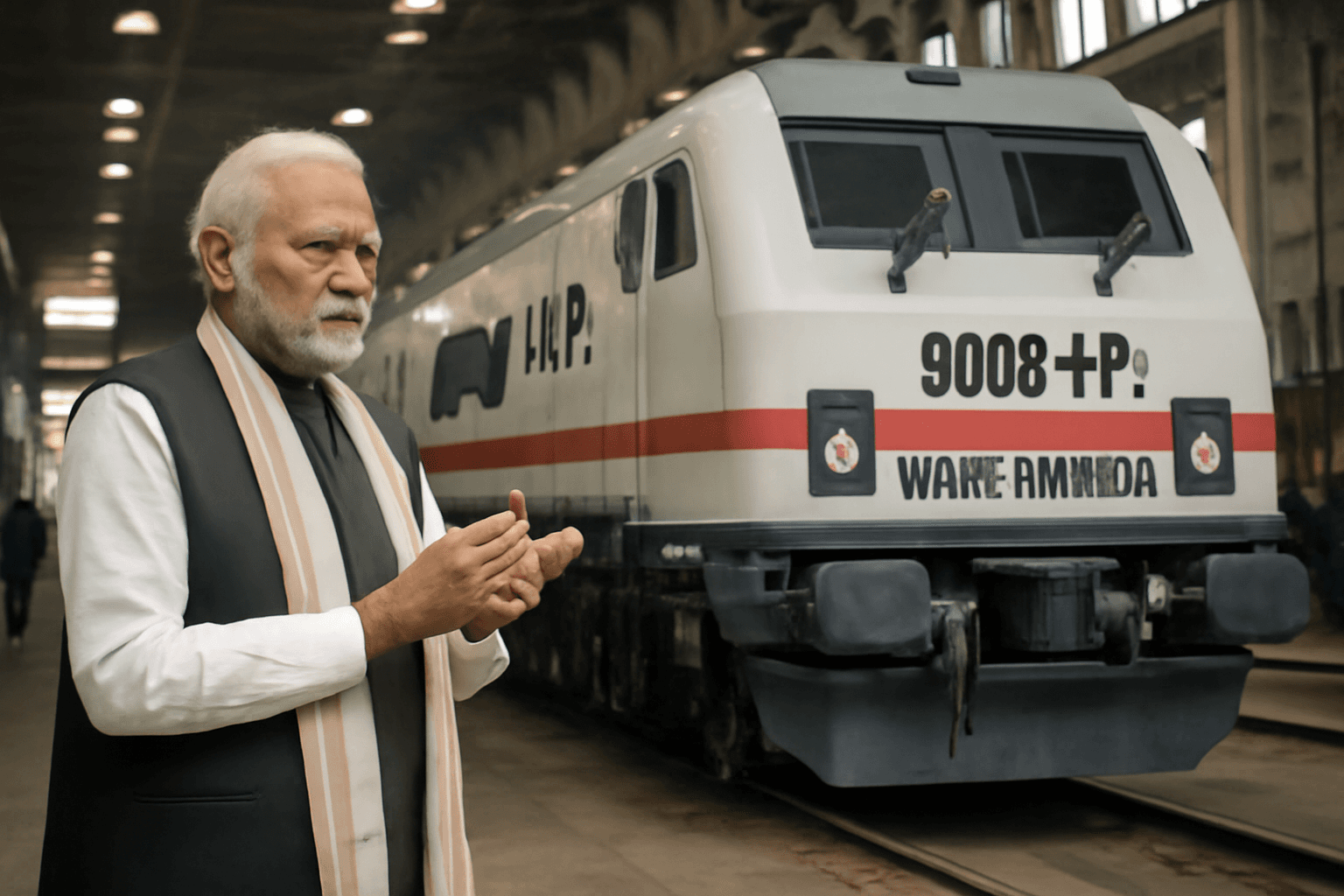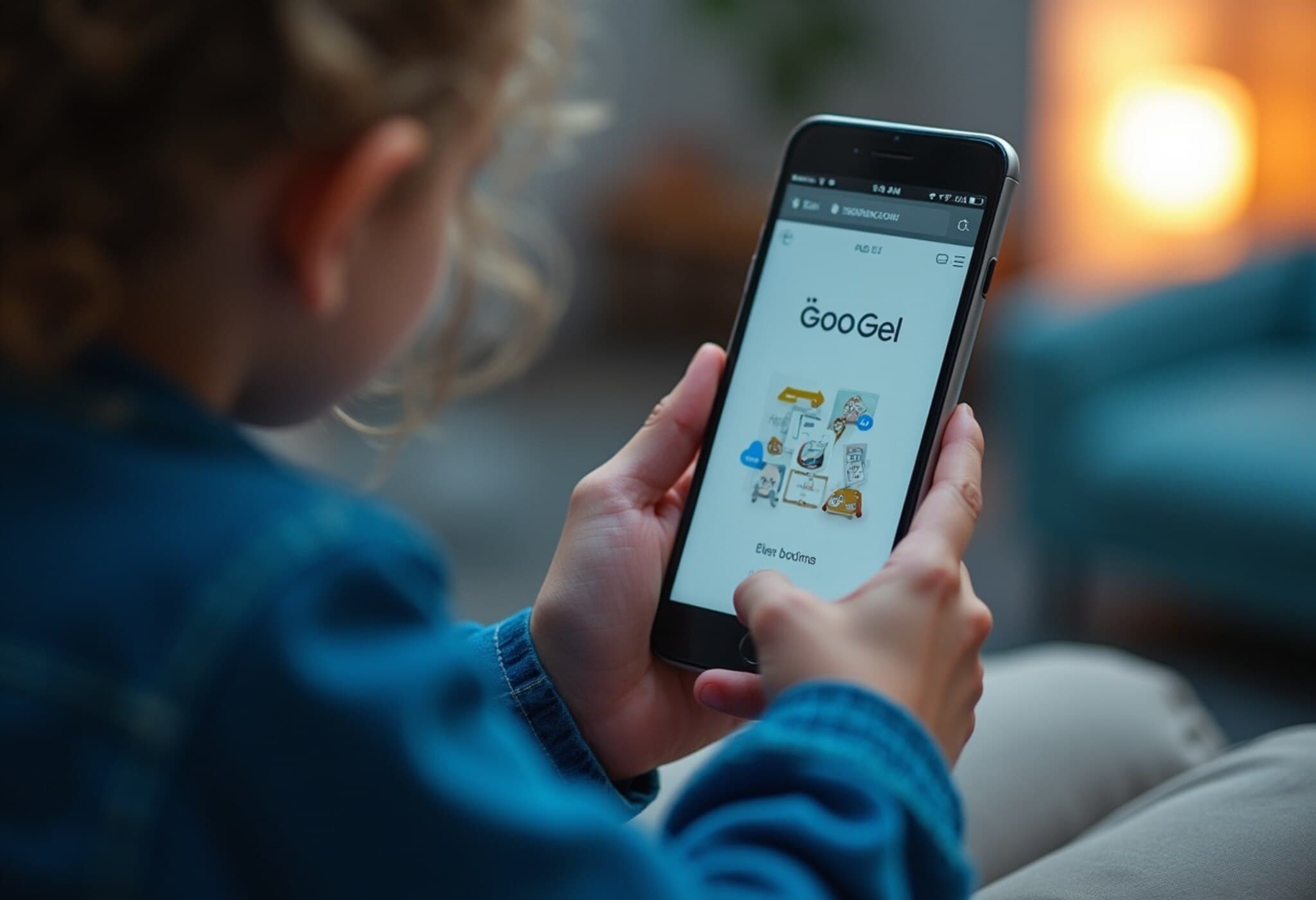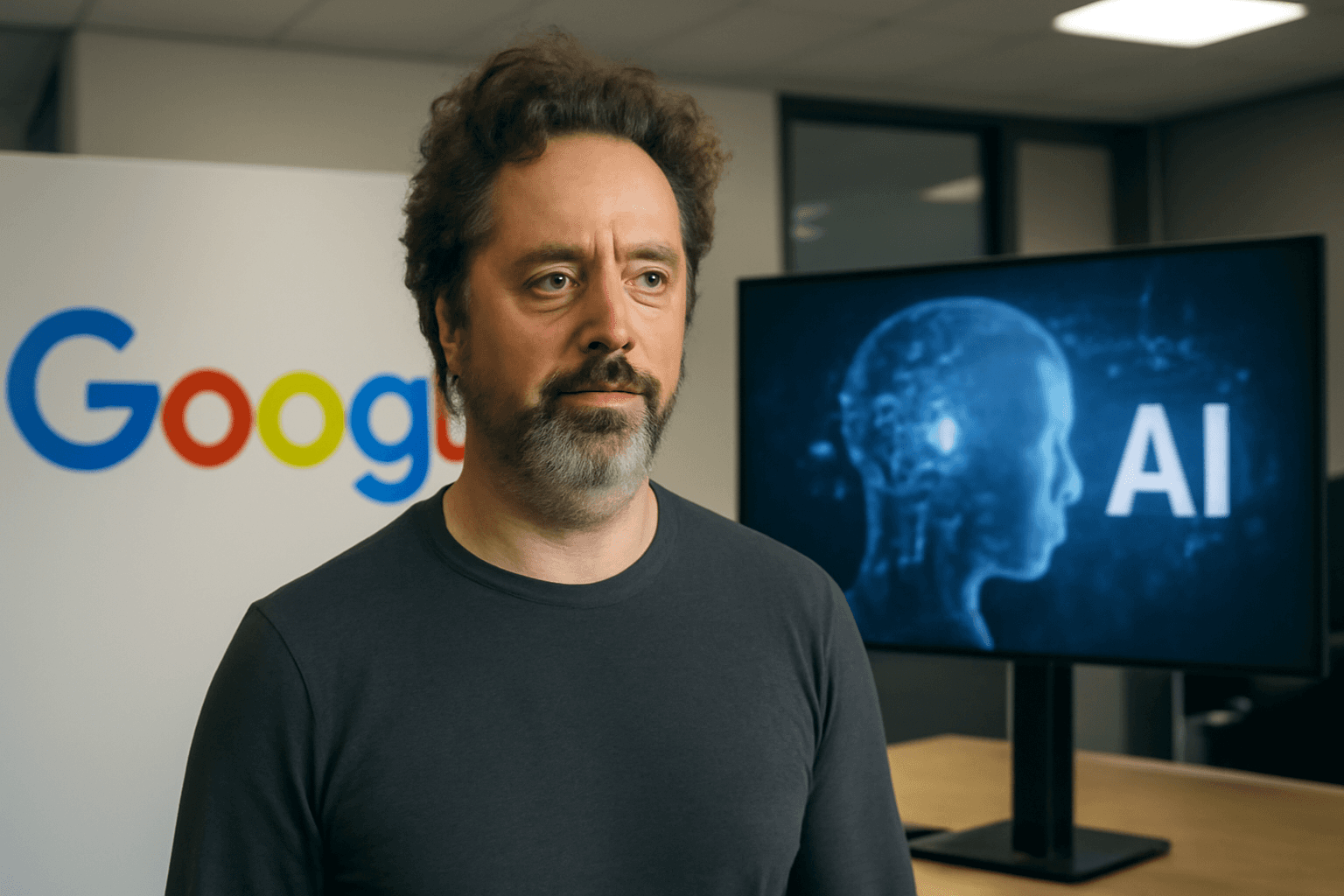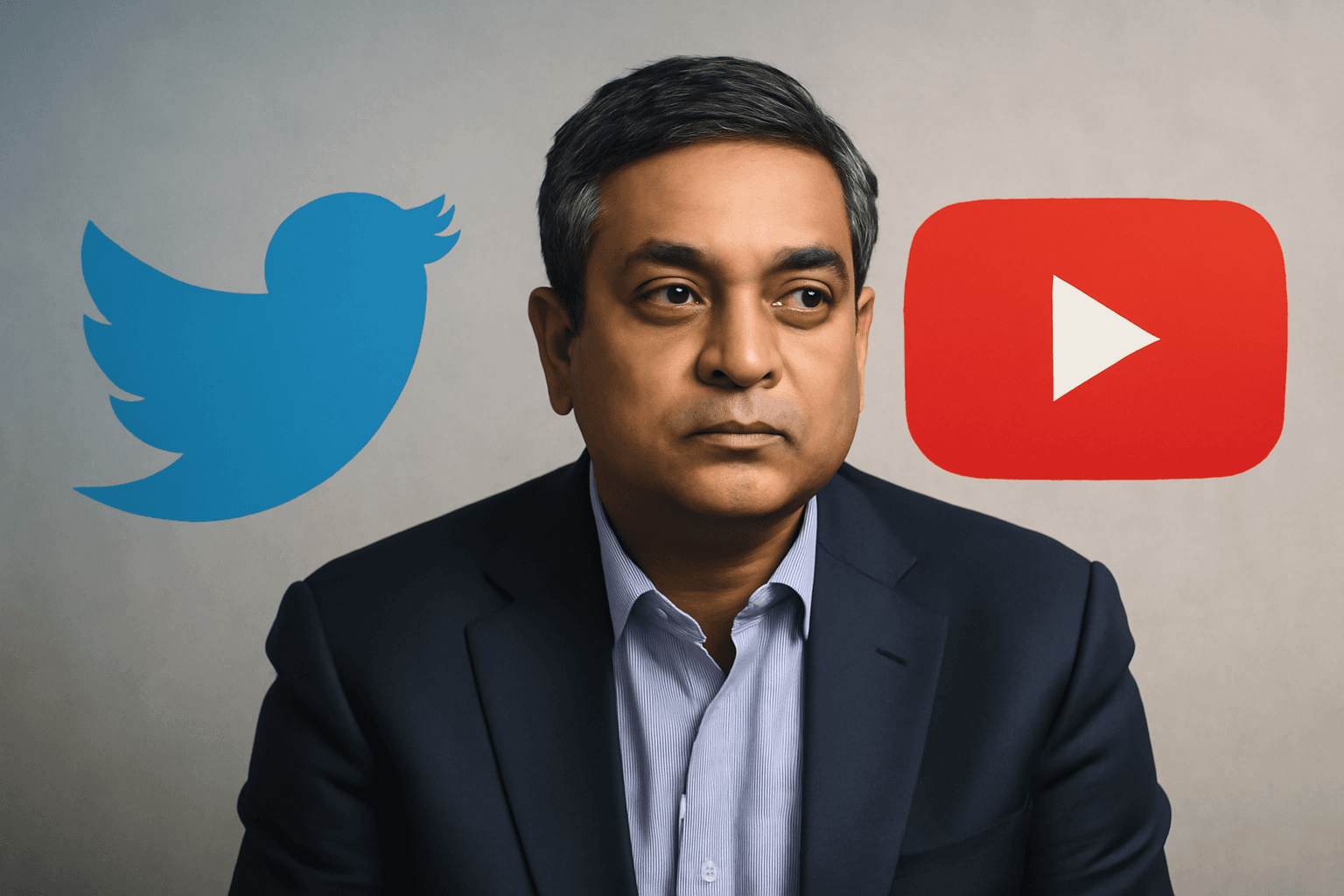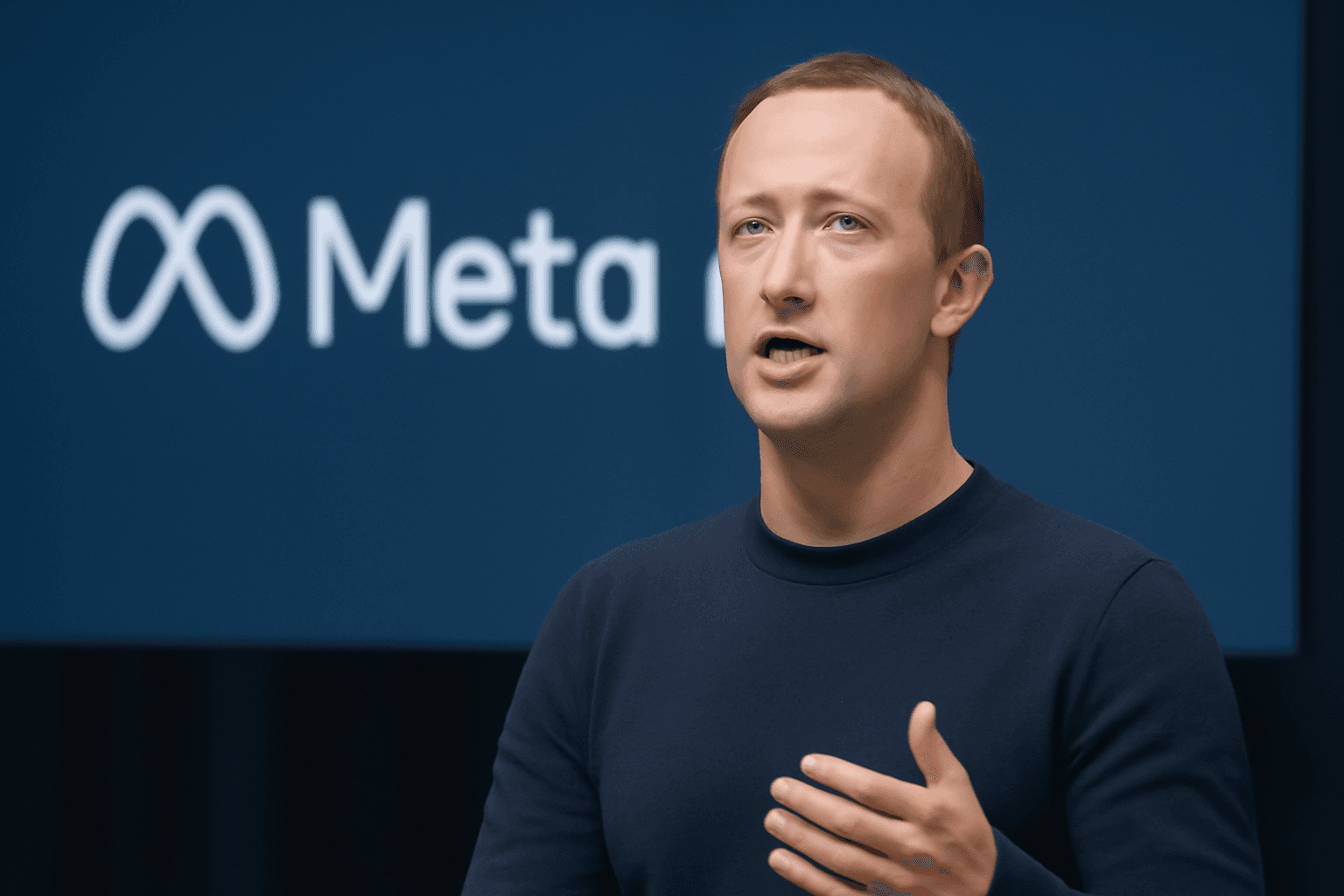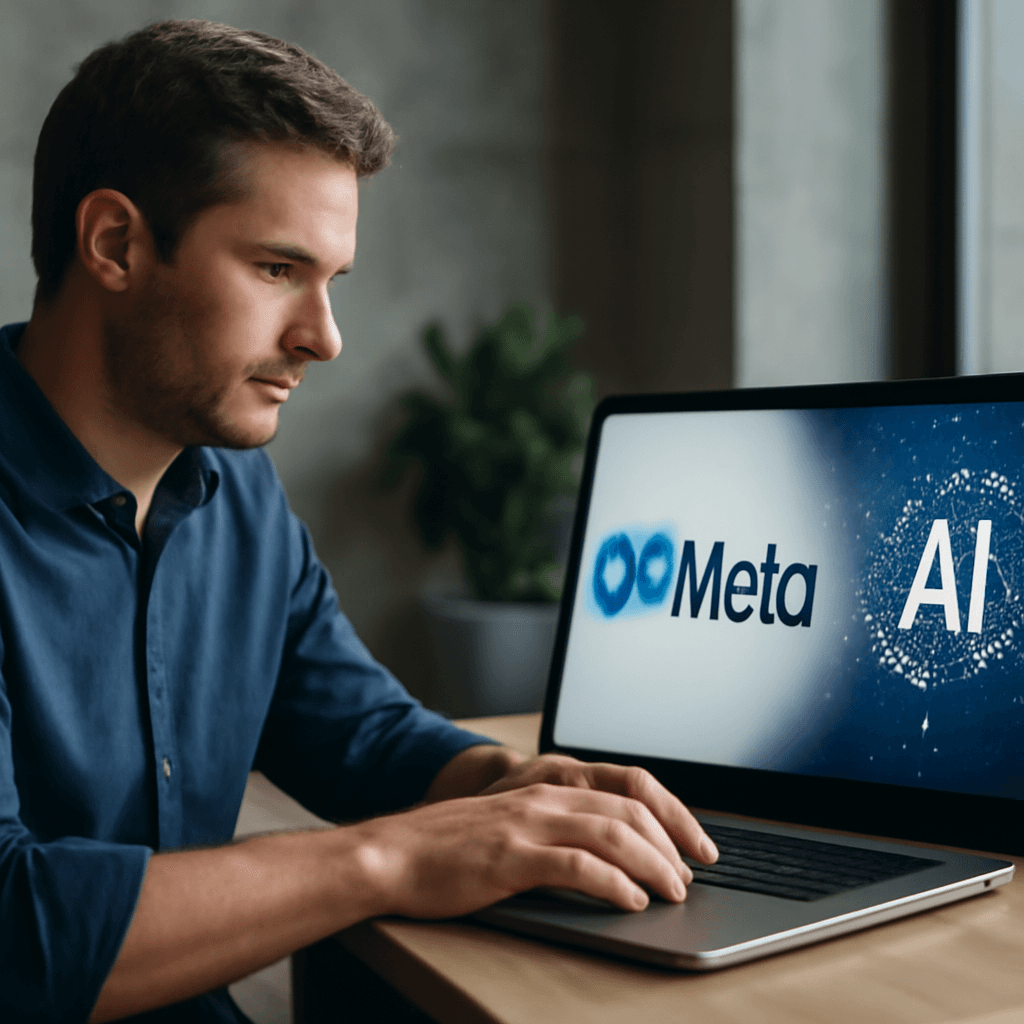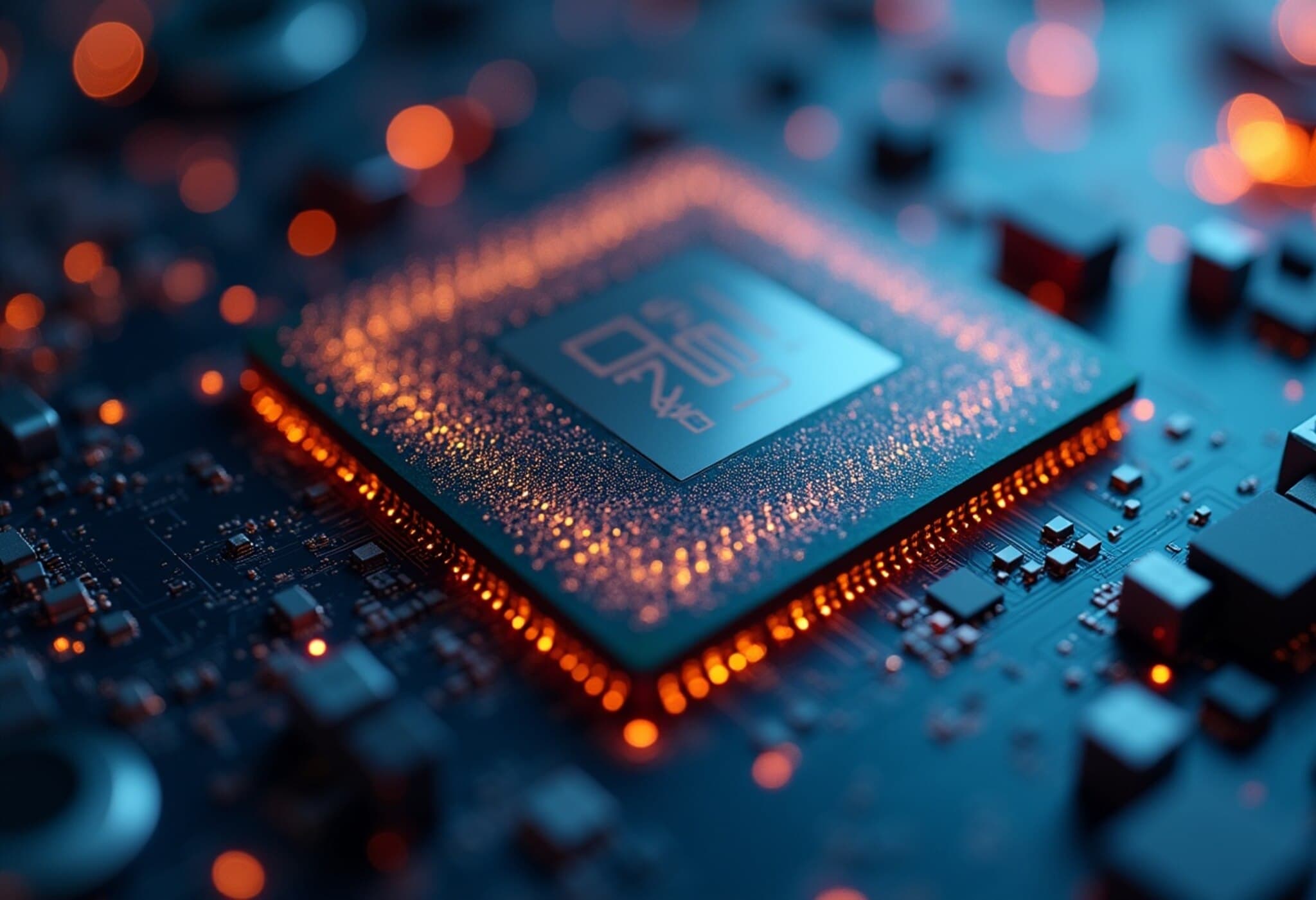How Meta and Google Are Weaving the Internet’s Underwater Backbone
In the race to support exploding data traffic—especially driven by artificial intelligence—U.S. tech giants Meta and Google have embarked on ambitious projects to lay vast networks of subsea fiber-optic cables spanning continents and oceans.
The Undersea Web: Invisible Yet Indispensable
While satellites often grab headlines in conversations about global connectivity, it’s undersea cables that carry approximately 95% of international internet traffic. These submerged optical fibers form the backbone of everything from daily Zoom calls and mobile banking to global stock transactions and streaming entertainment.
Historically, telecommunications companies and state-backed groups maintained these vital links. But over the past decade, major Silicon Valley players like Meta (Facebook, Instagram, WhatsApp) and Google (Alphabet) have stepped up, individually financing and building cables to secure capacity and control over their data pipelines.
Meta’s Project Waterworth: A Record-Breaking Subsea Giant
Meta recently announced Project Waterworth, a groundbreaking submarine cable system set to stretch an astonishing 50,000 kilometers (31,069 miles) — longer than the Earth’s circumference. This multi-billion-dollar initiative plans to connect five continents, including key hubs in the U.S., India, Brazil, and South Africa.
Alex Aime, Meta’s head of network infrastructure, emphasized that the project is designed to meet three critical pillars: capacity, resiliency, and global reach. “AI demands vast compute power, data, and robust connectivity. That last piece doesn’t stop at data centers—it extends under oceans,” Aime said.
- Capacity: The explosive growth in AI and cloud services requires far more bandwidth than ever before.
- Resiliency: Redundant and diverse routes help withstand physical damage, geopolitical risks, and natural disasters.
- Global reach: Ensuring AI benefits aren’t confined to a few regions but accessible worldwide.
Google’s Global Network: Launching the Sol Cable System
Google recently inaugurated the Sol transatlantic cable system, linking the U.S. with Bermuda, the Azores, and Spain. This venture complements Google’s investment in more than 30 subsea cables worldwide, underpinning the infrastructure behind Google Cloud, Workspace, and AI-driven platforms.
Senior Director Nigel Bayliff remarked, “Since the dawn of digital data, nearly all transoceanic data has moved through cables, not satellites. Yet public awareness is low—even though these cables are vital to internet resilience and security.”
Engineering Feats and Challenges Beneath the Waves
Contrary to what many might imagine, laying subsea cables is a methodical process stretching over years. The cables, about the thickness of a garden hose, comprise thousands of optical fibers protected by rugged layers of armor.
Google’s Bayliff detailed the multi-step journey: “Selecting routes demands environmental surveys and permits. Then comes manufacturing and installation using specialized cable-laying ships. This is followed by rigorous testing. We hope these cables serve reliably for at least two decades.”
Despite their robustness, subsea cables face risks—from accidental trawl or anchor damage to geopolitical sabotage. Recent incidents in the Baltic Sea have spotlighted vulnerabilities, intensifying debates on infrastructure protection.
Shifting Power Dynamics: Tech Giants as Infrastructure Builders
As noted by researchers from the Oxford Internet Institute, the emergence of private tech firms as lead investors in submarine cables marks a significant shift. Previously, such undertakings were viable only as multi-party consortiums. Now, Meta and Google can finance these projects solo, aligning infrastructure with their strategic priorities.
This change poses critical questions for policymakers: How should governments regulate and safeguard these undersea lifelines? What does concentrated control by a handful of corporations mean for internet openness, security, and equitable access?
Why Subsea Cables Matter More Than Ever
The increasing demand for cloud computing, AI training, and real-time data flows is pushing the limits of existing networks. Subsea cables ensure lower latency, higher bandwidth, and reduced reliance on third parties.
Moreover, as the world becomes more digitally interconnected, the stakes of maintaining a resilient and widely accessible internet escalate. Investments by Meta and Google signal a recognition of this new digital geography, where control of data arteries translates into strategic power.
Editor’s Note
The sprawling underwater infrastructure being built by Meta and Google represents more than engineering marvels—it reflects the evolving architecture of global digital power. As these cables silently carry our calls, transactions, and AI computations, understanding their significance invites broader public discourse on cybersecurity, digital sovereignty, and equitable internet access.
Key questions linger: How will governments balance private ownership with public interest? Can we ensure these cables remain resilient against physical and cyber threats? And how will this underwater expansion shape the future of global connectivity?


